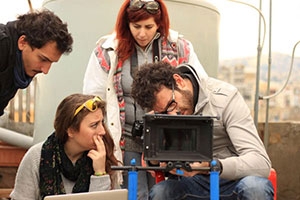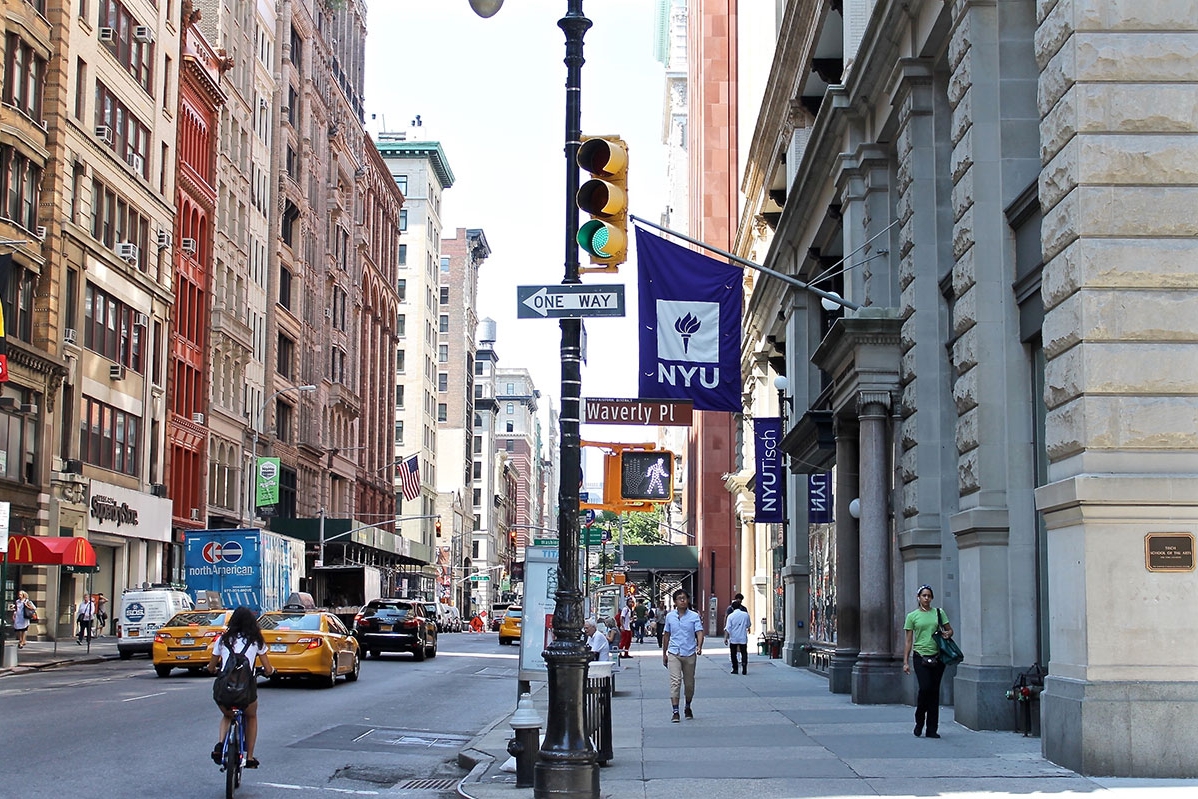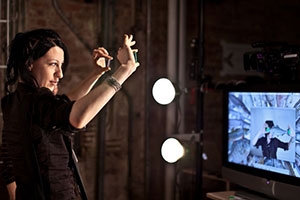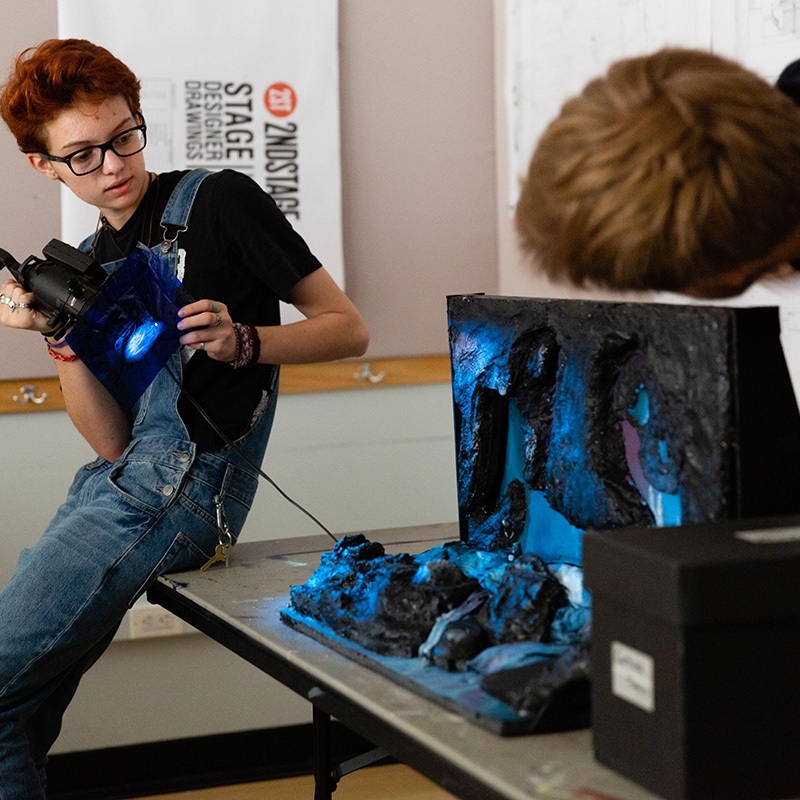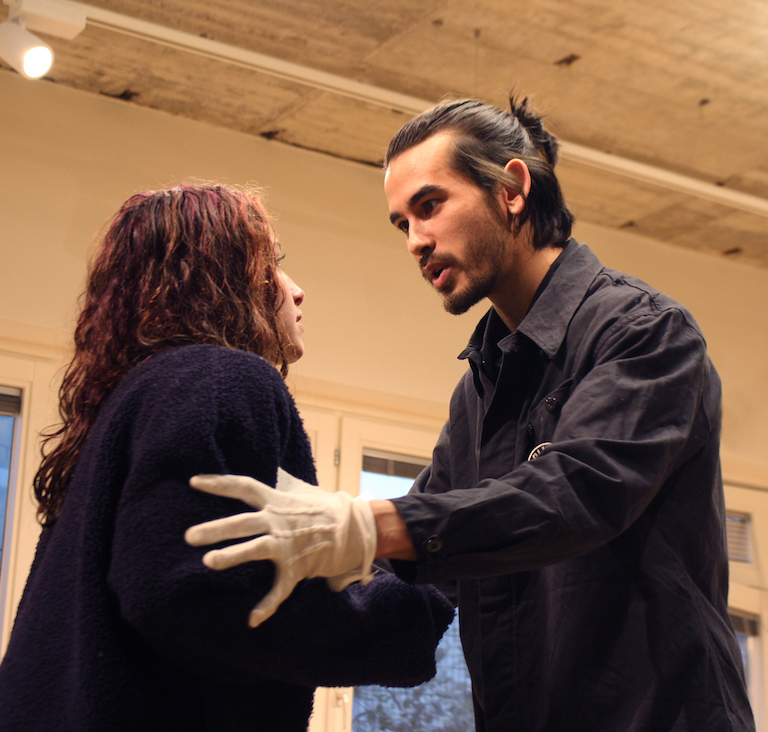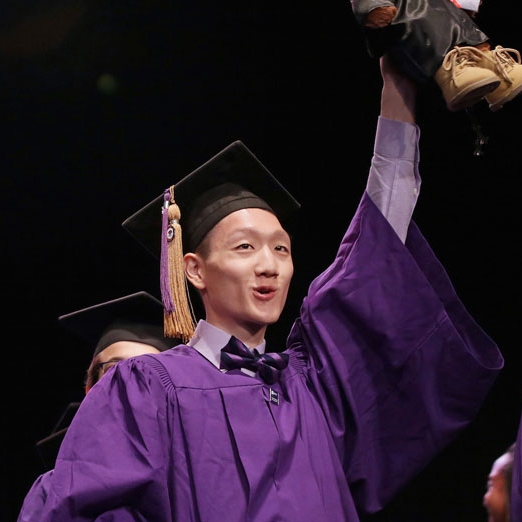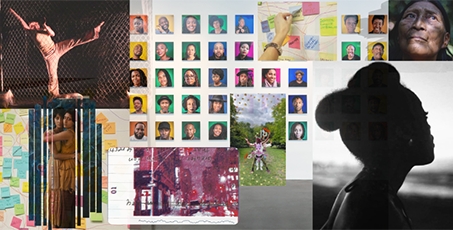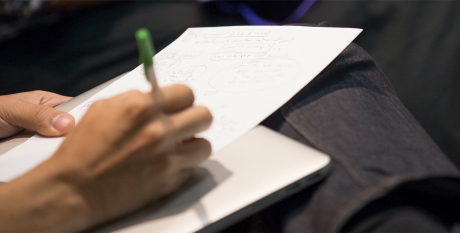July 2-August 12, 2018
Tuesdays & Thursdays
6:00-10:00pm
Paddy Johnson
CINE-UT 403 / c#6524
CINE-GT 2500 / c#6525
Since the mid 1990s the Internet has evolved from a space viewed as ripe with potential but fraught with unknown dangers to a true mass medium full of new opportunities and risks we must now negotiate. Throughout, artists have used this medium to make art that employs, documents, and examines emerging online platforms and social media. Charting a loose timeline of art works, formative debates, and happenings, this course will look at the ongoing relationship of art and technology. From the early online copy wars and the url gold rush, to surf clubs, image chat, and now emoji domains, we’ll look at how online art has evolved and the key players involved in making it all happen. We’ll also examine commercial platforms for art practice, art in the age of surveillance, and the scholarship that has emerged simultaneously, including concepts such as Net Aesthetics 2.0, The New Aesthetic, and Post-Internet art.
Paddy Johnson is the founding Editor of Art F City. In addition to her work on the blog, she has been published in magazines such as New York Magazine, The New York Times and The Economist. Paddy lectures widely about art and the Internet at venues including Yale University, Parsons, Rutgers, South by Southwest, and the Whitney Independent Study Program. In 2008, she became the first blogger to earn a Creative Capital Arts Writers grant from the Creative Capital Foundation. Paddy was nominated for best art critic at The Rob Pruitt Art Awards in 2010 and 2013. In 2014, she was the subject of a VICE profile for her work as an independent art blogger.
Paddy also maintains an active presence as a curator. In 2011 she has curated Graphics Interchange Format, a survey of animated GIFs for Denison University and in 2016 created the sequel to that exhibition, Geographically Indeterminate Fantasies, for Providence College and GRIN Gallery. In 2015 she curated Mimic, a show about imitation and illusion and Floating Point, an exhibition showcasing the work of 49 Columbia MFAs at Judith Charles Gallery and in 2015 and 2016 created shows for the Satellite Art Fair. She is currently working on a retrospective of the feminist artist Carol Cole with curator Emily Stamey at the Weatherspoon Gallery in North Carolina.
This course is open to graduate and undergraduate students. Please use appropriate course number (UT for Undergraduate and GT for Graduate).
NOTE: In addition to tuition, there are Media & Production fees totaling $84 for this course.
